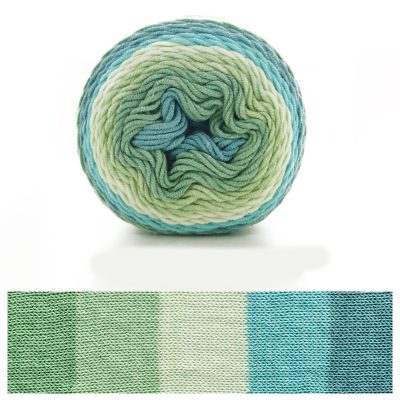Jute yarn played a significant role in the textile revolution, particularly during the 19th century. The textile revolution marked a period of transformative change in the textile industry, where innovations in machinery, manufacturing processes, and materials led to the rapid growth of the textile sector. Jute yarn was a crucial part of this revolution for several reasons:
- Affordable and Versatile Material: Jute was a natural fiber that was abundant and relatively inexpensive to produce. Its affordability made it accessible to a wide range of manufacturers and consumers.
- Development of Jute Processing Machinery: The invention and refinement of jute processing machinery in the mid-19th century, such as the jute spinning frame, made it possible to efficiently spin jute fibers into yarn and weave them into textiles. These innovations dramatically increased the production capacity of jute textiles.
- Diversity of Applications: Jute yarn and jute textiles were highly versatile. They could be used for a wide range of applications, including making sacks, bags, carpets, twine, and various types of clothing. The adaptability of jute made it a valuable material for diverse industries.
- Global Trade: Jute products, particularly jute sacks and bags, became essential for the packaging and transportation of agricultural goods and raw materials. This was especially important during a period of increased global trade and the expansion of the British Empire, which relied on jute for various purposes.
- Economic Growth: The jute industry contributed significantly to the economic development of regions where it was cultivated and processed, such as Bengal in India (now part of India and Bangladesh). Jute mills provided employment opportunities for a large workforce and played a pivotal role in urbanization and industrialization.
- Export and Global Influence: Jute yarn and jute products were exported to different parts of the world, and jute mills became major players in the global textile market. The influence of jute extended beyond South Asia, impacting trade and industry on a global scale.
- Innovation and Technological Advancements: The jute industry spurred innovations in manufacturing and production techniques, contributing to the overall progress of the textile sector during the industrial revolution.
- Sustainability: Jute was (and still is) considered a sustainable material due to its biodegradability, renewable source, and relatively low environmental impact compared to some synthetic fibers. In this sense, it foreshadowed the growing importance of sustainability in the textile industry.
While jute yarn and jute textiles played a pivotal role in the textile revolution of the 19th century, their importance has continued into the modern era. Jute remains a relevant and sustainable material, and its versatility makes it suitable for a wide range of applications in various industries.
























